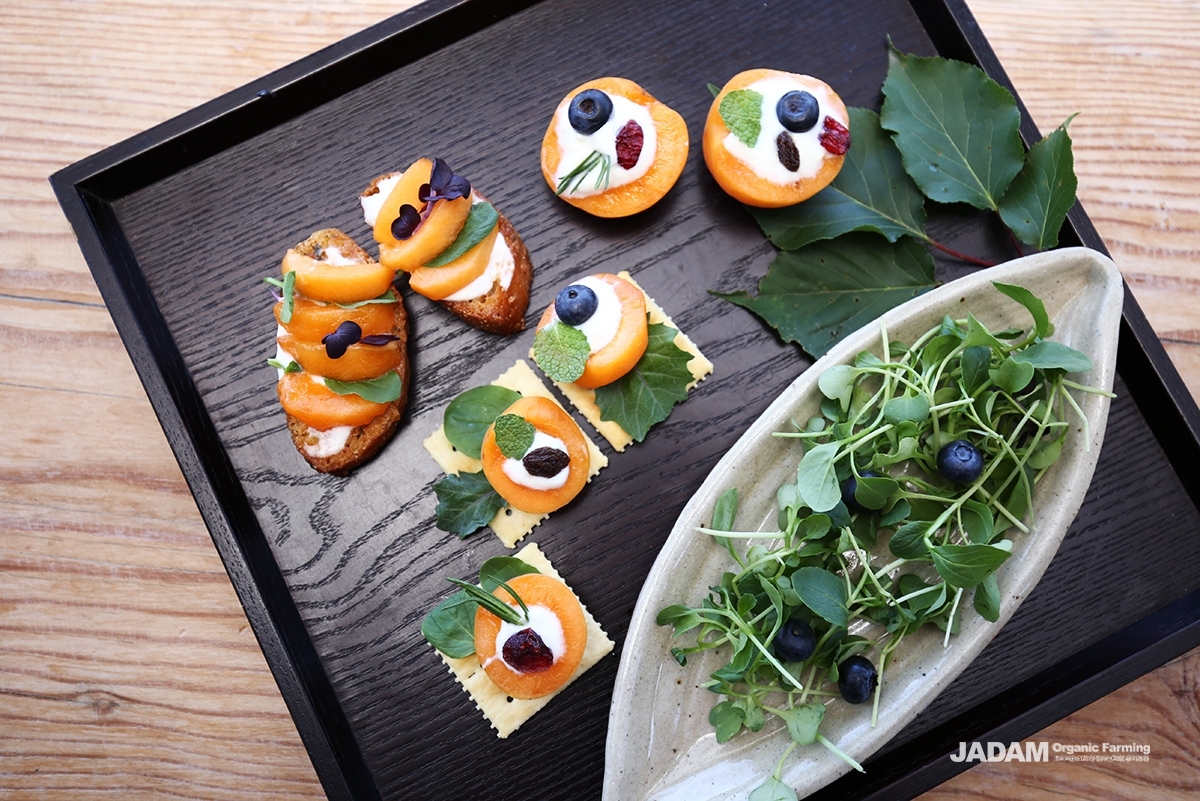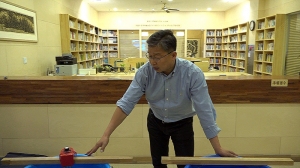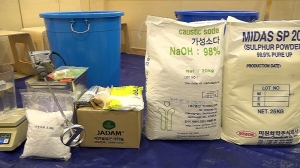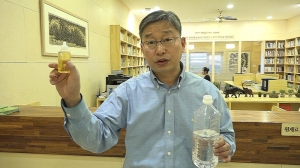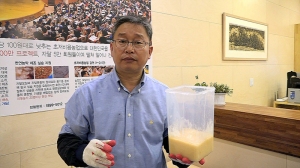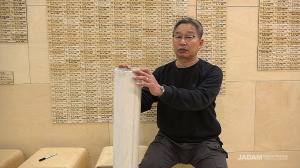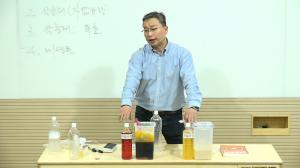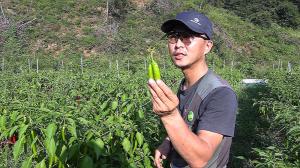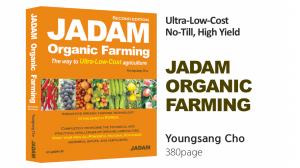Prunus armeniaca (meaning Armenian plum) the most commonly cultivated apricot species, also called ansu apricot, Siberian apricot, Tibetan apricot, is a speciesof Prunus, classified with the plum in the subgenus Prunus. The native range is somewhat uncertain due to its extensive prehistoric cultivation, though almost certainly somewhere in Asia. It is extensively cultivated in many countries and has escaped into the wild in many places.
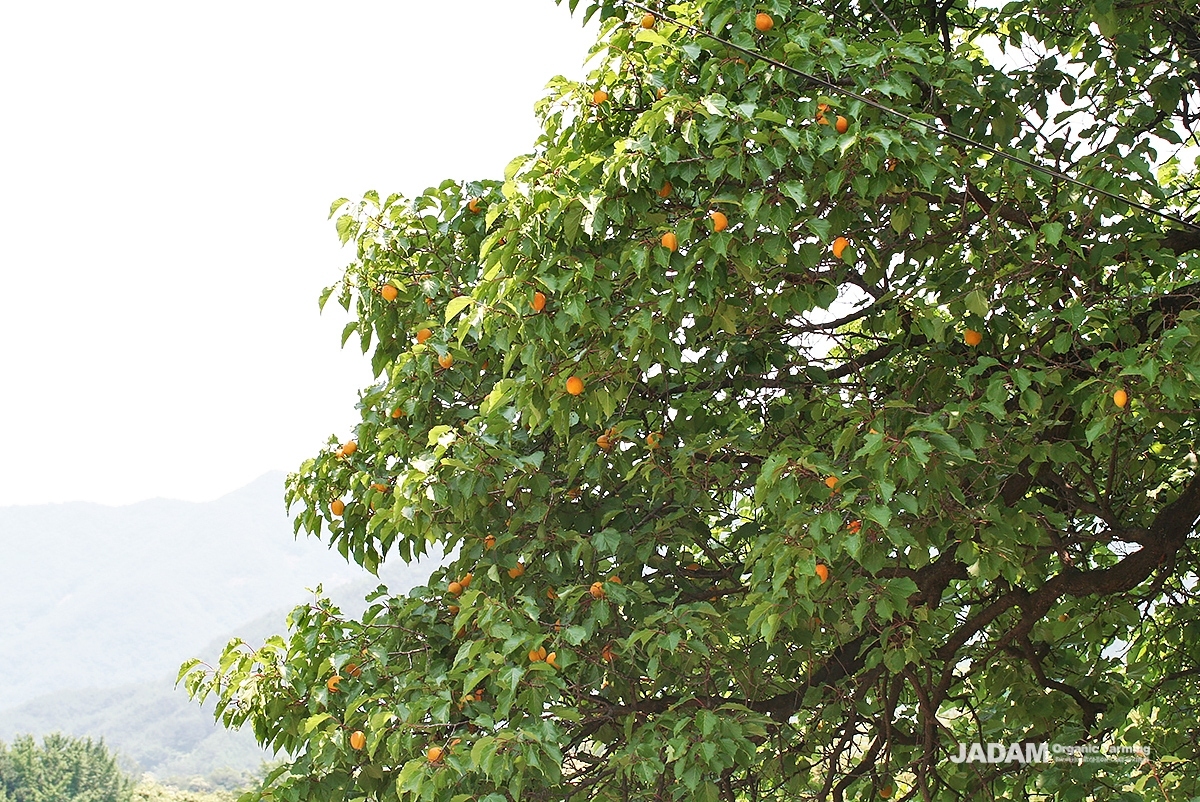 |
| The native range is somewhat uncertain due to its extensive prehistoric cultivation, though almost certainly somewhere in Asia. |
Prunus armeniaca is a small tree, 8–12 m (26–39 ft) tall, with a trunk up to 40 cm (16 in) in diameter and a dense, spreading canopy. The leaves are ovate, 5–9 cm (2.0–3.5 in) long and 4–8 cm (1.6–3.1 in) wide, with a rounded base, a pointed tip and a finely serrated margin. The flowers are 2–4.5 cm (0.8–1.8 in) in diameter, with five white to pinkish petals; they are produced singly or in pairs in early spring before the leaves. The fruit is a drupe similar to a small peach, 1.5–2.5 cm (0.6–1.0 in) diameter (larger in some modern cultivars), from yellow to orange, often tinged red on the side most exposed to the sun; its surface can be smooth (botanically described as: glabrous) or velvety with very short hairs (botanically: pubescent). The flesh is usually firm and not very juicy. Its taste can range from sweet to tart. The single seed is enclosed in a hard, stony shell, often called a "stone", with a grainy, smooth texture except for three ridges running down one side
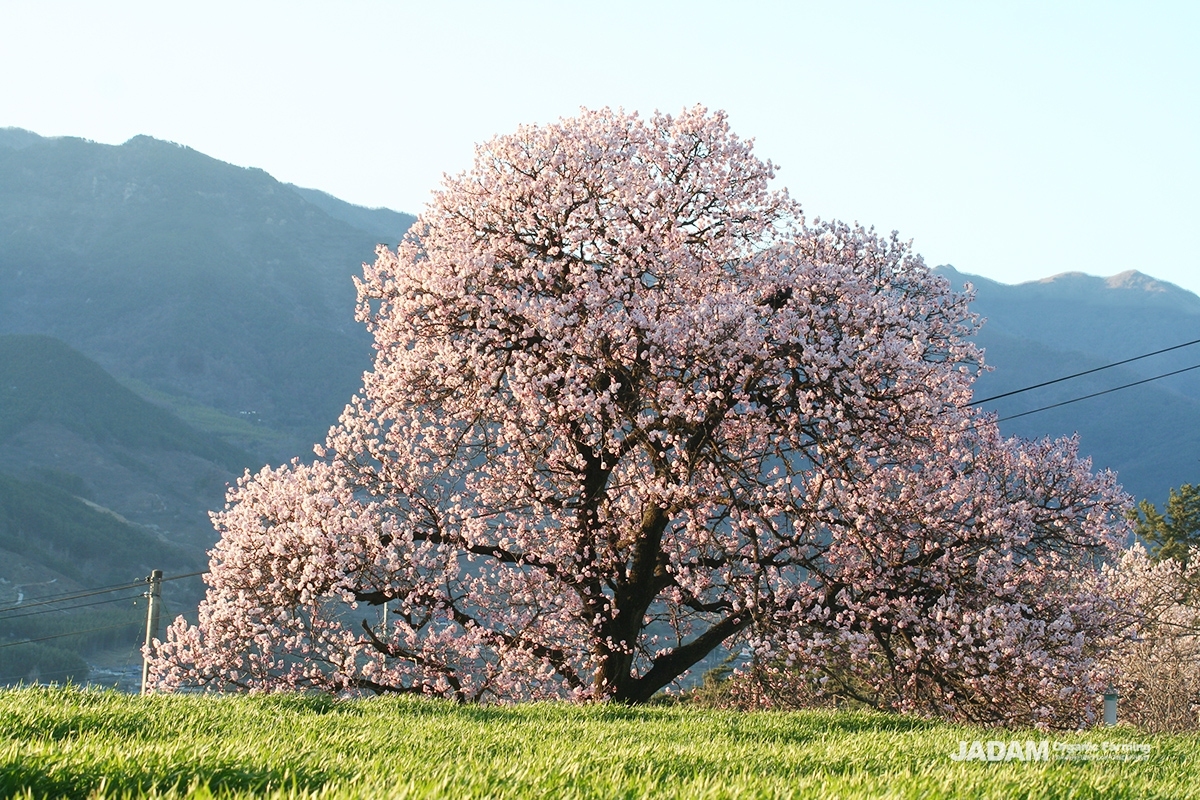 |
| The flowers are 2–4.5 cm (0.8–1.8 in) in diameter, with five white to pinkish petals; they are produced singly or in pairs in early spring before the leaves |
The ripen fruit is edible. And the flowers can be dried to make tea.
It is also possible to make salad with it or can be made as jam. Pulp can be dipped into sugar in a jar for pickles.
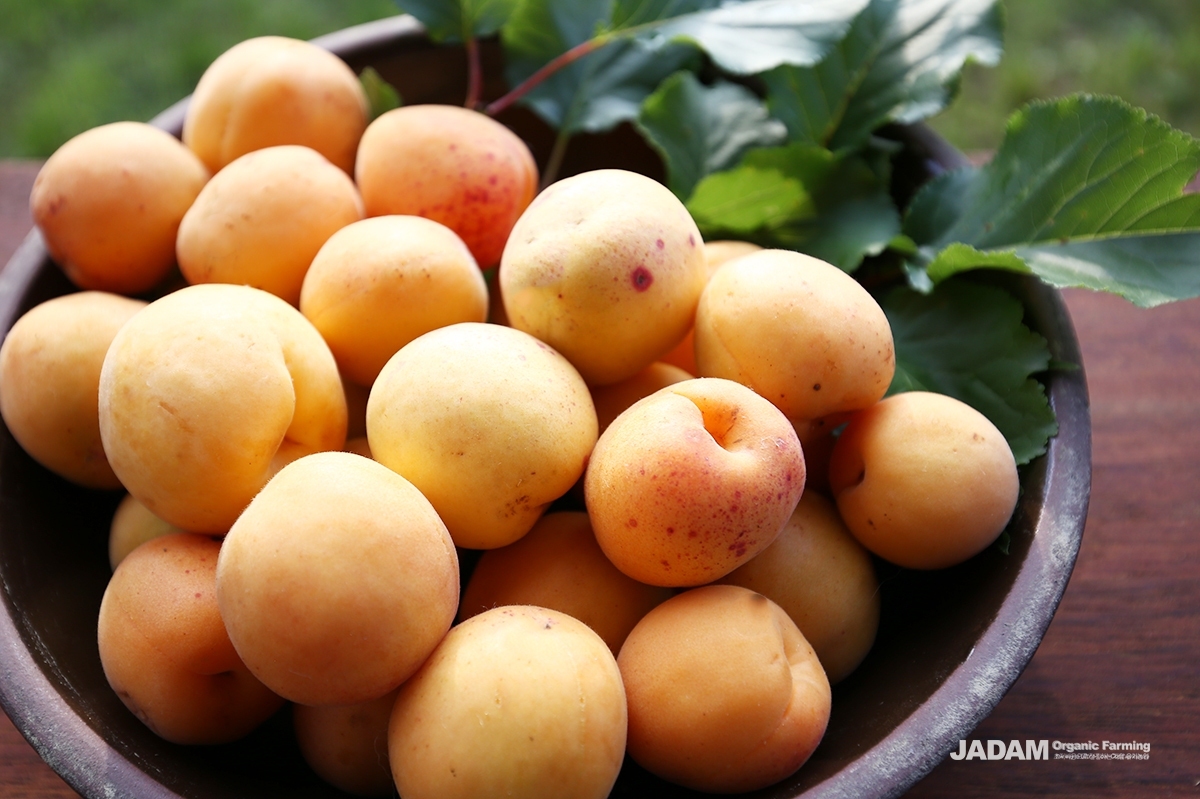 |
| The ripen fruit is edible. And the flowers can be dried to make tea. |
Fruits are rich in sugars such as glucose and fructose, organic acids such as citric acid and malic acid, minerals such as potassium, iron, and phosphorus, and beta-carotene and lycopene, which exert the effects of vitamin A. It helps relieve thirst and relieve fatigue. It has the effect of lubricating the lungs, stopping the sputum, and soothing the cough caused by colds or asthma. It is also effective against colds, constipation and rough skin symptoms common to women. It is good to eat about 2 ~ 3 per day based on dried pulp.
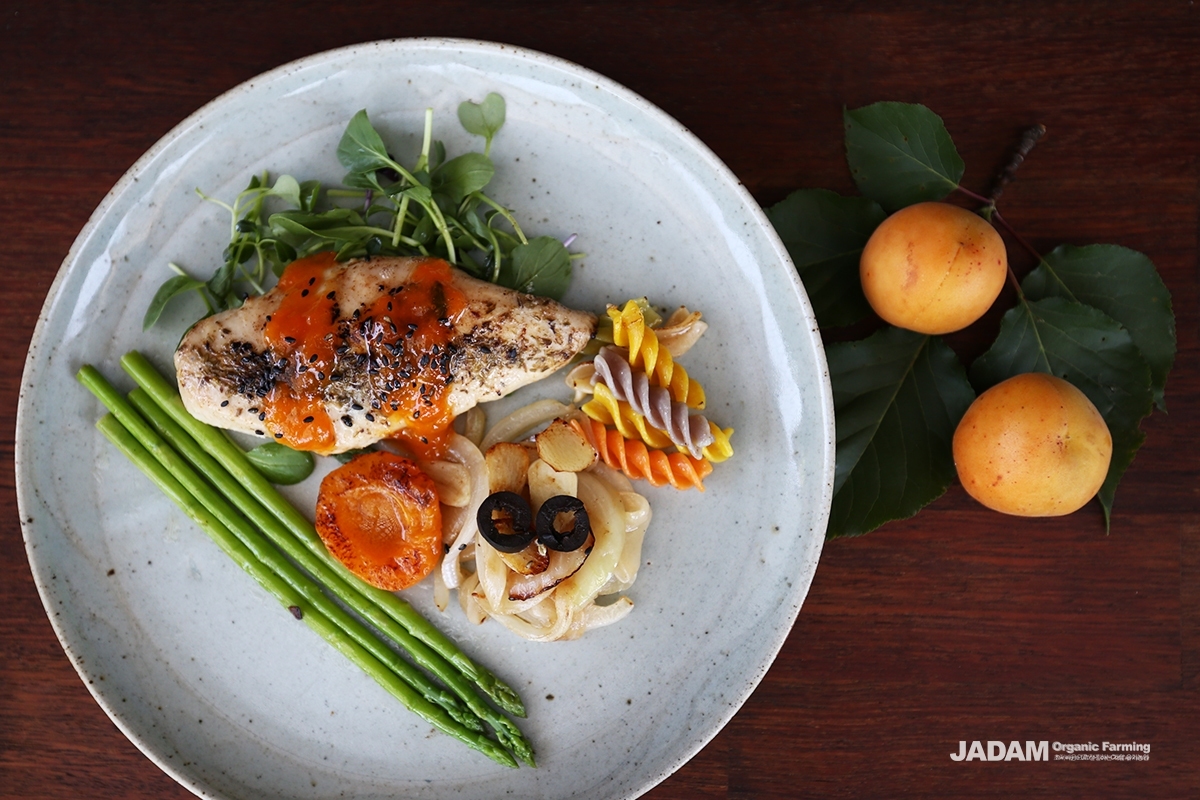 |
| Fruit can be consumed when it is ripe and can be baked and used for salads or jam |
In Korean traditional medicine seed is considered for medicinal properties. After ripening the fruit, peel off the hard skin, then dip it in boiling water to remove the bark and let it be used or roasted. The property is warm, and the taste is bitter and sweet. It is helpful medicine to sooth the stomach and releases asthma, Cough, bronchitis, sore throat, acute pneumonia, and constipation. Generally it is used for the skin or digestive problem after eating meat.
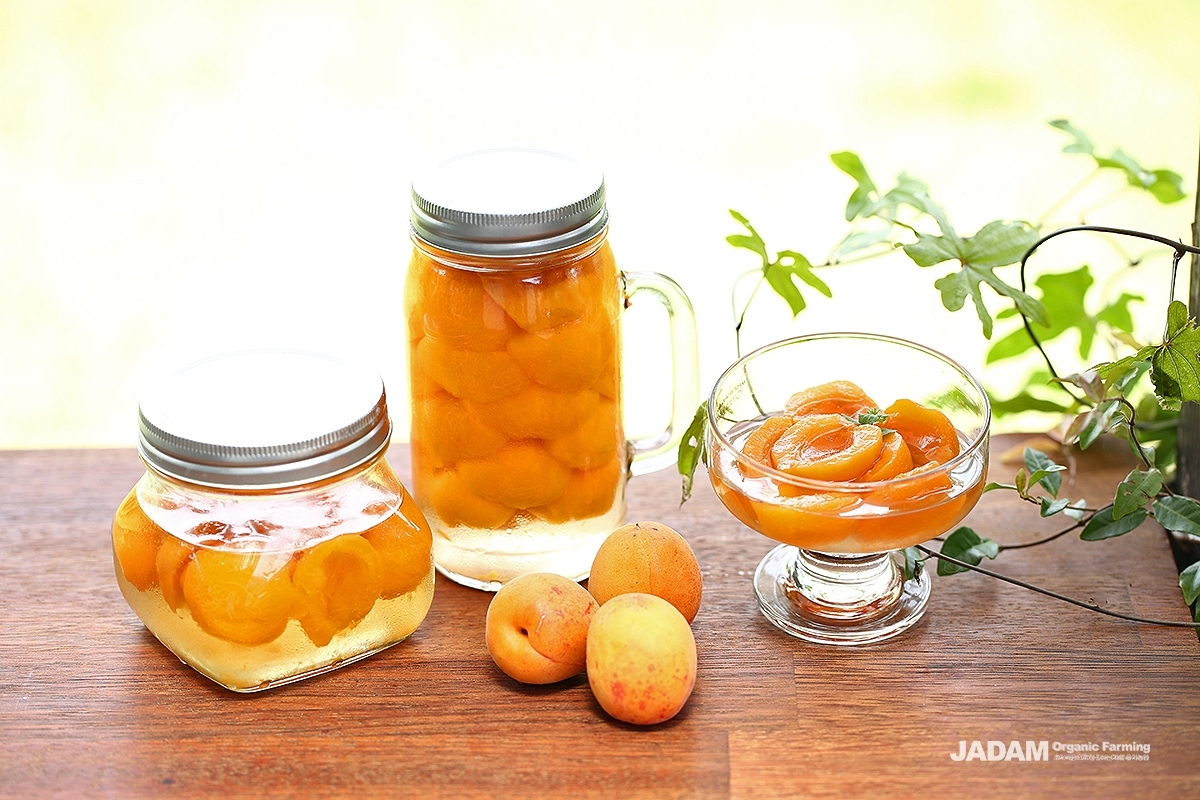 |
| Dip the pulp into sugar and honey to make a jelly or pickles |
Beta-carotene and lycopene contained in apricots show strong antioxidant activity. Anti-aging, anti-cancer effect (prostate cancer), prevention of cardiovascular disease, and blood glucose lowering effect. However, be careful not to eat too much at one time because less ripe fruits and seeds are toxic. The toxic substance is amygdalin, a cleansing glycoside, which leads hydrolyzed to produce cyanide (cyanide)
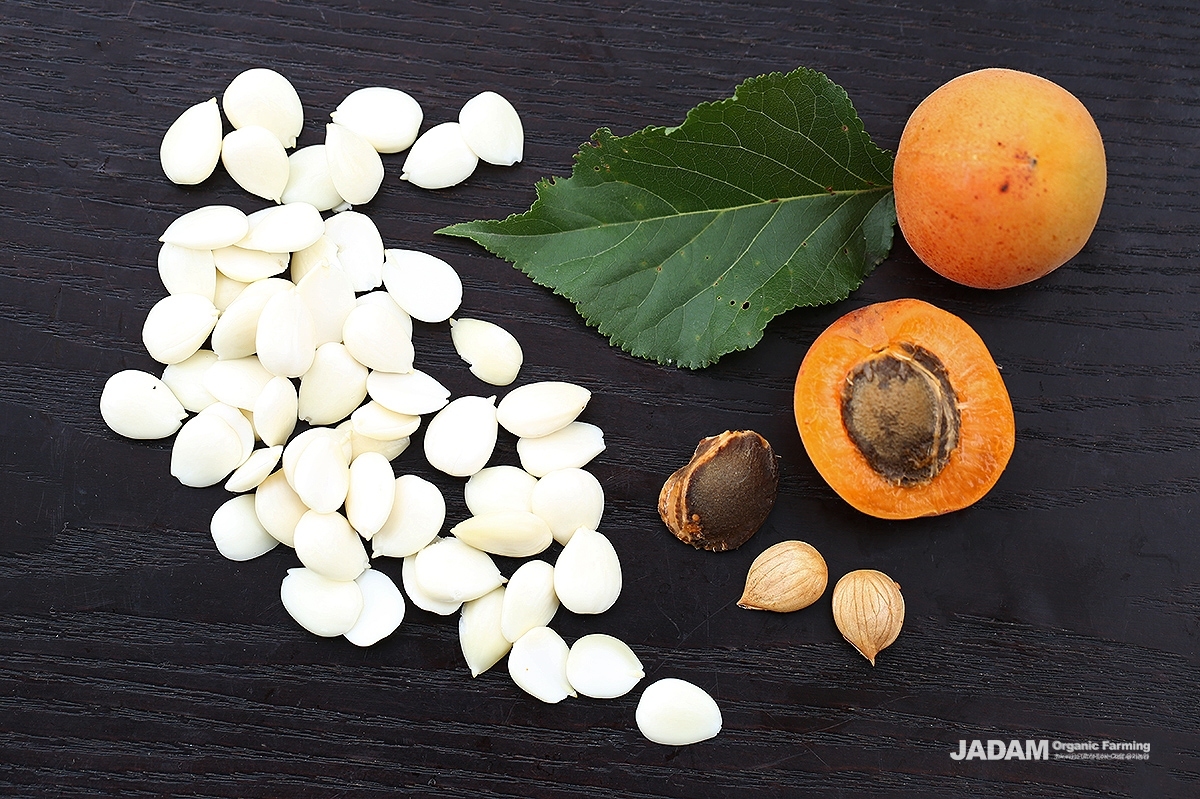 |
| the peeled seed can be an ingredient for rice soup or for a cup of tea |
To grow, it is best to plant seedlings in spring or autumn. It is faster than planting in spring when the leaves are planted after mid November.
[How to enjoy apricots]
1. Fruit can be consumed when it is ripe and can be baked and used for salads or jam.
2. Dip the pulp into sugar and honey to make a jelly or pickles
3. Fruit can be immersed to make wine
4. the peeled seed can be an ingredient for rice soup or for a cup of tea.
Translated by Sungwoo Cho
Other articles by Geol YooInterviewed on : 2018.12.01 14:16
<© 2018 Jadam All Rights Reserved>
##apricot #geolyu



